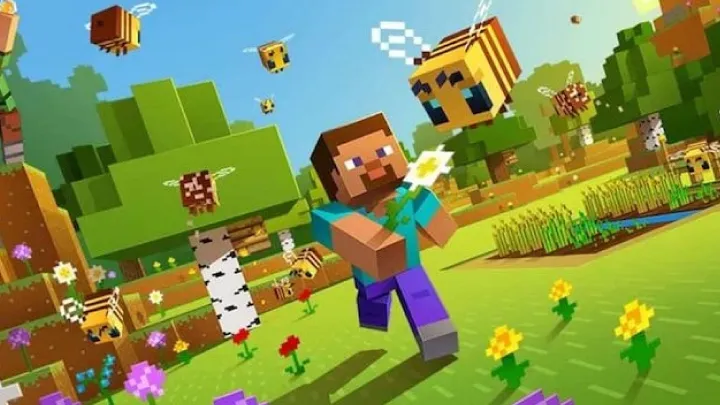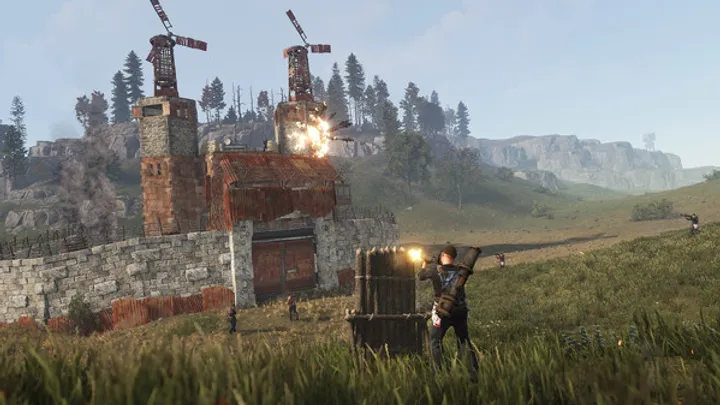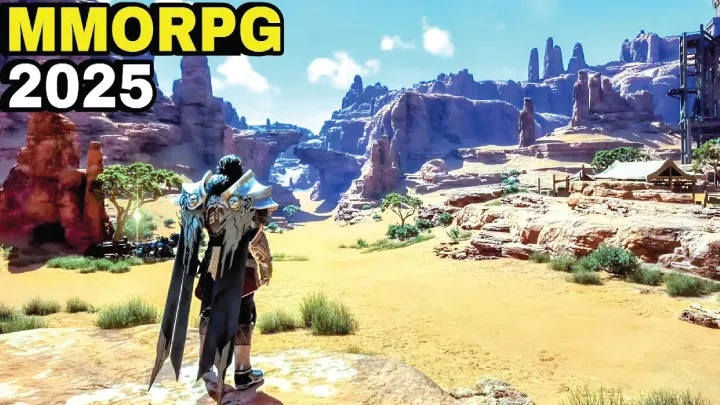Introduction
Minecraft is a sandbox video game that allows players to explore, build, and create in a blocky, pixelated world. Developed by Mojang Studios, it offers a virtually limitless environment where creativity knows no bounds. Players can mine resources, craft tools, build intricate structures, and even engage in combat with various creatures. With multiple game modes—including Survival, Creative, and Adventure—Minecraft caters to a wide range of playstyles. This guide aims to provide essential tips and strategies for both new and experienced players, helping you navigate the vast world of Minecraft and make the most of your adventures.
H2: Getting Started: The Basics of Minecraft
H3: Understanding Game Modes
Before you start your journey in Minecraft, it’s important to understand the different game modes available.
- Survival Mode: In this mode, players must gather resources, manage health, and fend off hostile mobs. Survival mode emphasizes resource management and strategic planning.
- Creative Mode: This mode allows players unlimited resources and the ability to fly. It’s perfect for those who want to focus solely on building and creativity without the threat of enemies.
- Adventure Mode: Designed for custom maps and experiences, Adventure mode allows players to interact with objects in specific ways, making it ideal for players who enjoy challenges set by others.
H3: Character Creation
Creating your character is the first step to diving into the world of Minecraft.
- Customization Options: Players can customize their avatars by selecting different skins. Skins can be downloaded from various online sources or created using skin editors.
- Starting Fresh: When you first spawn in a world, take a moment to explore your surroundings. Familiarize yourself with the terrain, resources, and any nearby structures.
H2: Crafting Essentials
H3: Gathering Resources
Resource gathering is a core aspect of Minecraft, especially in Survival mode.
- Initial Resources: Start by punching trees to gather wood, which can be crafted into planks and sticks. Wood is essential for crafting tools, weapons, and building structures.
- Mining: As you progress, dig underground to find stone, coal, iron, and other valuable resources. Use a wooden pickaxe to start mining, and upgrade to stronger tools as you gather more materials.
H3: Crafting Tools and Items
Crafting is a vital mechanic that allows you to create tools, weapons, and other useful items.
- Crafting Table: Craft a crafting table using four wooden planks. This allows for more complex recipes and is essential for progressing in the game.
- Basic Tool Recipes: Familiarize yourself with basic recipes, such as crafting a wooden pickaxe, axe, and sword. Keep a variety of tools on hand for different tasks.
H2: Building Your Base
H3: Choosing a Location
Selecting the right location for your base can significantly impact your gameplay experience.
- Proximity to Resources: Look for areas near essential resources like wood, stone, and water. Building near a village can also provide access to trades and additional supplies.
- Safety Considerations: Choose a location that minimizes threats from hostile mobs. Building on elevated terrain or in a cave can provide natural protection.
H3: Basic Shelter Designs
Creating a shelter is crucial for survival, especially during your first night.
- Simple Structures: Start with a basic hut made from dirt or wood. Ensure it has a roof, walls, and a door to keep out hostile mobs.
- Expand Over Time: As you gather more resources, expand your shelter into a more complex base with multiple rooms, storage, and crafting areas.
H2: Exploring the World
H3: Biomes and Their Features
Minecraft features a variety of biomes, each with its unique resources and challenges.
- Common Biomes: Familiarize yourself with common biomes such as forests, plains, deserts, and mountains. Each biome offers different resources and environmental challenges.
- Unique Biomes: Explore rare biomes like jungles, mesas, and ice spikes. These biomes often contain unique materials and mobs, making them worthwhile to investigate.
H3: Navigating the Terrain
Understanding how to navigate the world is essential for exploration.
- Landmarks: Use natural landmarks like mountains, rivers, and villages to orient yourself. Building a tower can help you see your surroundings from a distance.
- Map Making: Consider crafting a map using paper and a compass. This can help you keep track of your explorations and mark important locations.
H2: Combat and Defense
H3: Understanding Hostile Mobs
Combat is an essential part of Minecraft, especially in Survival mode.
- Common Mobs: Familiarize yourself with common hostile mobs, such as zombies, skeletons, and creepers. Each has unique behaviors and attack patterns.
- Mob Spawning: Mobs spawn in dark areas. Ensure your base is well-lit to prevent unwanted visitors.
H3: Combat Strategies
Effective combat strategies can help you survive encounters with hostile mobs.
- Weapons and Armor: Craft weapons like swords and bows to defend yourself. Upgrading to iron or diamond gear will provide better protection and damage.
- Dodging and Timing: Learn to dodge attacks and time your strikes effectively. Hitting mobs while backing away can help you avoid damage.
H2: Farming and Resource Management
H3: Starting a Farm
Farming is a sustainable way to gather food and resources.
- Crop Types: Start by planting basic crops like wheat, carrots, and potatoes. Each crop has specific growth conditions and harvest times.
- Animal Farming: Consider breeding animals such as cows, pigs, and chickens for a steady supply of food and resources like leather and eggs.
H3: Efficient Resource Management
Managing your resources effectively is crucial for long-term survival.
- Storage Solutions: Craft chests to store excess items and organize your inventory. Labeling chests can help you find items quickly.
- Crafting Stations: Set up crafting stations for specific tasks, such as cooking or enchanting. This can streamline your gameplay and make resource management easier.
H2: Advanced Crafting Techniques
H3: Enchanting and Potions
Enchanting and potion-making can significantly enhance your gameplay.
- Enchanting Gear: Use an enchanting table to enhance weapons and armor. Gather experience points by defeating mobs to unlock enchantments.
- Potion Brewing: Craft potions using a brewing stand and various ingredients. Potions can provide buffs, healing, and other effects that can aid you in combat and exploration.
H3: Advanced Tools and Weapons
As you progress, consider crafting advanced tools and weapons.
- Diamond Gear: Mine for diamonds to craft powerful gear. Diamond tools and armor provide the best durability and effectiveness in combat.
- Netherite Upgrades: Once you’ve obtained diamonds, consider upgrading to Netherite gear by combining diamond items with Netherite ingots.
H2: Exploring the Nether
H3: Preparing for the Nether
The Nether is a dangerous dimension that offers unique resources and challenges.
- Building a Portal: Create a Nether portal using obsidian blocks. Ensure you are well-equipped before entering, as the Nether is filled with hostile mobs and environmental hazards.
- Essential Supplies: Bring plenty of food, weapons, and armor. Having blocks for building and bridging is also crucial for navigating the dangerous terrain.
H3: Resources in the Nether
Exploring the Nether can yield valuable resources.
- Nether Quartz and Glowstone: Gather Nether Quartz for crafting and building, and collect Glowstone for lighting and decoration.
- Fortresses and Bastions: Explore Nether Fortresses for loot and valuable items like blaze rods. Be cautious, as these areas are heavily guarded by powerful mobs.
H2: Building and Creativity
H3: Architectural Styles
Building in Minecraft allows for endless creativity.
- Design Inspiration: Look for inspiration from real-life architecture or online resources. Experiment with different building materials and styles to create unique structures.
- Functional Builds: Consider building functional structures, such as farms, storage rooms, and automated systems. These can enhance your gameplay experience and efficiency.
H3: Community Projects
Engage with the Minecraft community to enhance your building experience.
- Collaborative Builds: Join multiplayer servers or communities to collaborate on large projects. Working with others can inspire new ideas and improve your building skills.
- Participating in Events: Take part in building competitions or events hosted by the community. These can provide motivation and a sense of accomplishment.
H2: Endgame Content
H3: The End Dimension
The End is the final dimension in Minecraft, offering unique challenges and rewards.
- Preparing for the End: Gather resources, gear, and potions before entering the End. You will face the Ender Dragon, one of the toughest bosses in the game.
- End Cities: After defeating the dragon, explore End Cities for valuable loot and Elytra, which allows you to glide.
H3: Completing Achievements
Set goals for completing achievements and challenges within the game.
- Achievement Hunting: Aim to complete all achievements in Minecraft. This can provide a sense of accomplishment and encourage you to explore all aspects of the game.
- Custom Challenges: Create custom challenges for yourself, such as surviving solely on specific resources or building elaborate structures within a time limit.
Conclusion
Minecraft offers a rich and immersive sandbox experience filled with creativity, exploration, and adventure. By following these tips and guides, you can enhance your gameplay, optimize your character development, and fully enjoy everything this iconic game has to offer. Whether you’re building intricate structures, exploring vast biomes, or battling fierce mobs, every moment in Minecraft presents opportunities for growth and discovery. Embrace the challenge, and may your adventures in the blocky world of Minecraft be filled with unforgettable experiences!


















